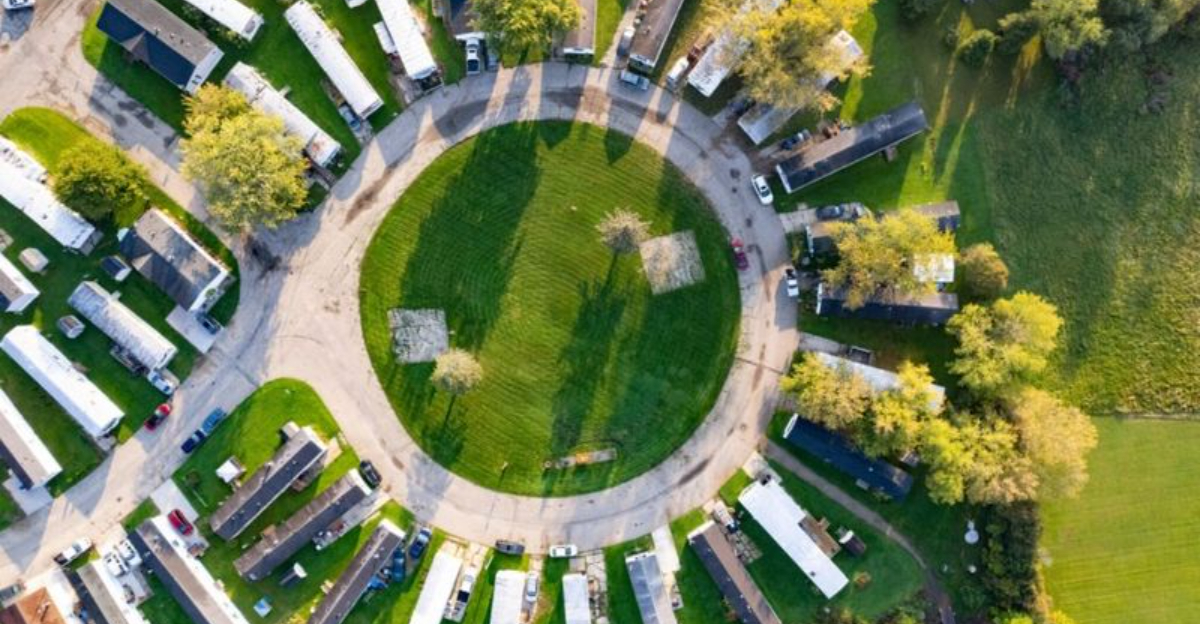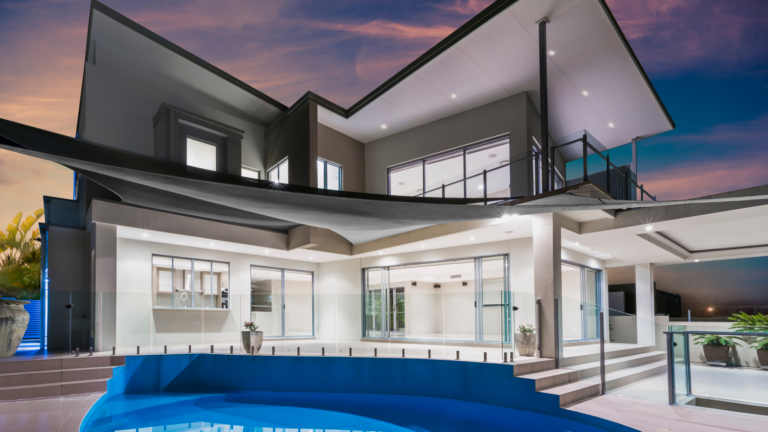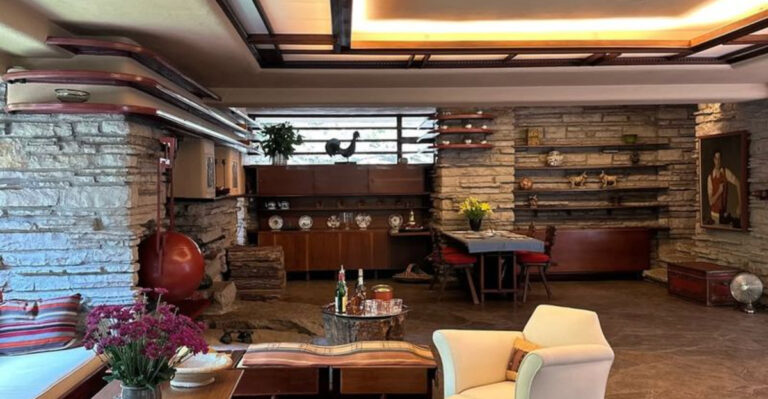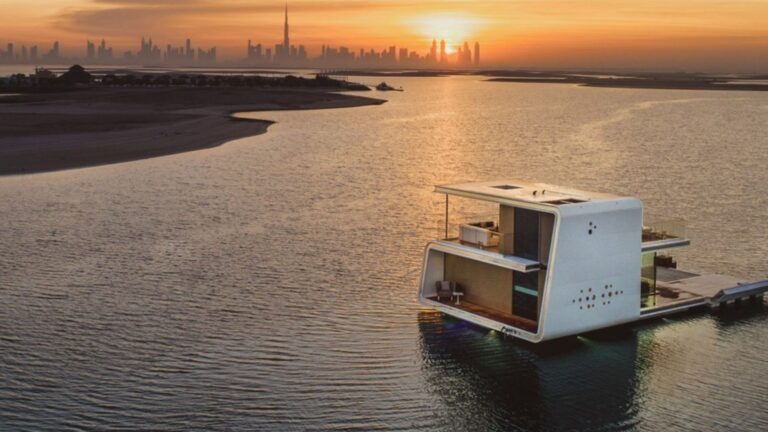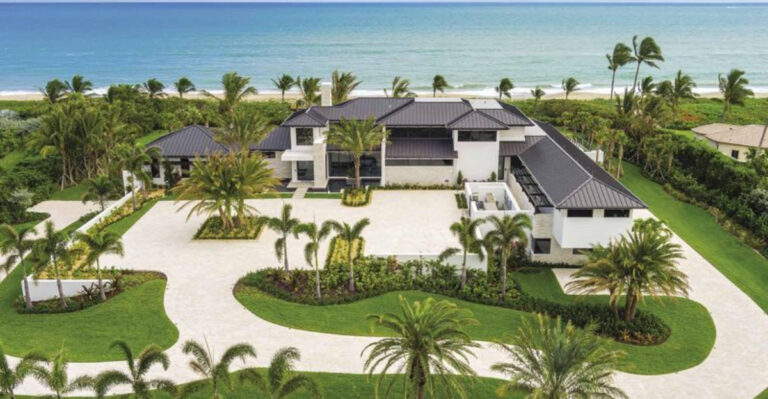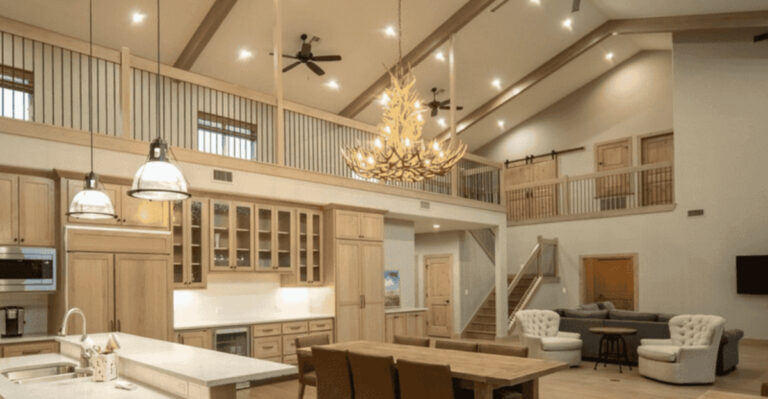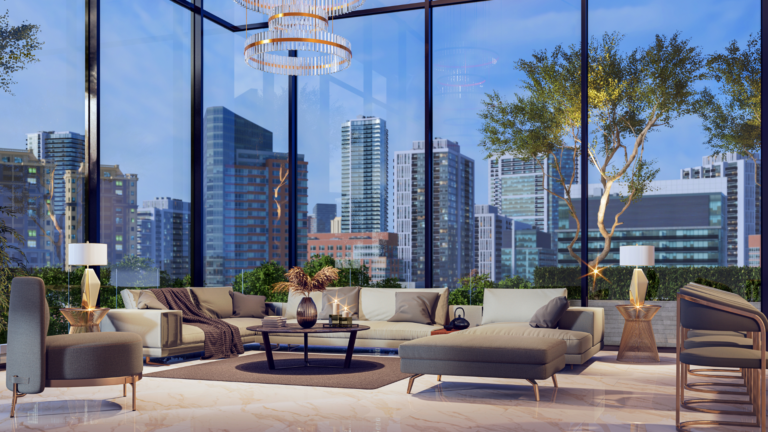10 Types Of Homes That Cost Much But Offer Less (Plus 6 Even Worse Home Types)
I’ve seen my fair share of overpriced homes that look amazing in photos but fall apart the minute you open the front door.
Buying a house should feel like a celebration, not like you just got swindled by a slick sales pitch. But some properties, no matter how fancy or trendy, just don’t live up to their jaw-dropping price tags.
Whether it’s a tiny house with luxury finishes that costs more per square foot than a NYC condo or a massive McMansion built with bargain-bin materials, these homes prove one hard truth, expensive doesn’t always mean it’s worth it.
1. Tiny Houses With Mansion Prices
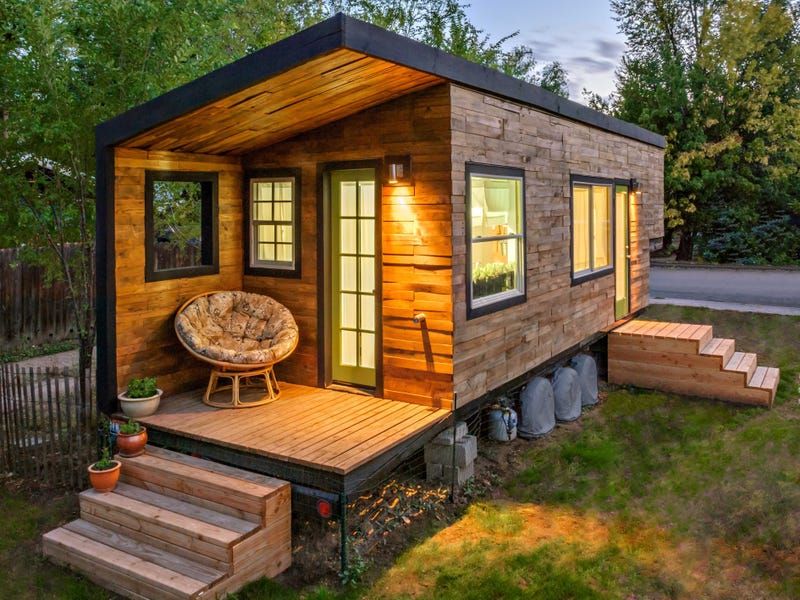
Instagram made tiny living look adorable, but nobody warned you about the price per square foot. These miniature dwellings often cost $400-600 per square foot, making them pricier than luxury condos in major cities.
You’ll pay premium prices for custom storage solutions, compact appliances, and specialized fixtures. Meanwhile, you’re still living in what’s essentially a fancy shed.
The tiny house movement promised financial freedom, but you’ll discover that small doesn’t equal affordable when builders charge mansion money for dollhouse dimensions.
2. Converted Shipping Containers Marketed As Modern Living
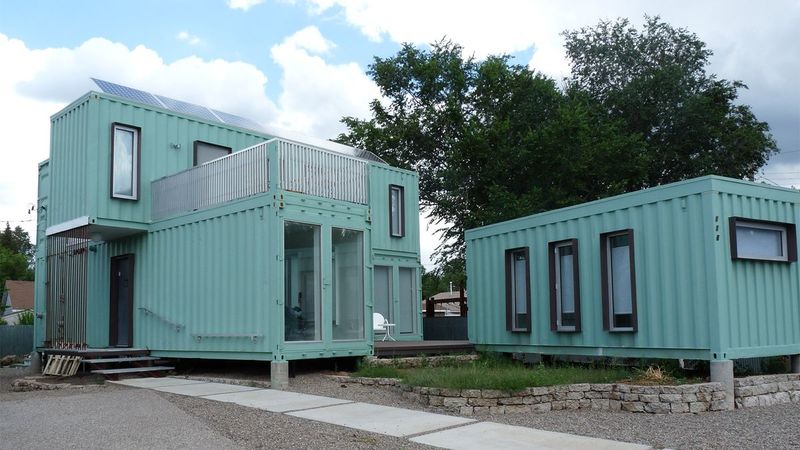
Shipping containers sound cool until you realize you’re paying luxury prices to live inside a metal box. Developers love slapping “eco-friendly” and “industrial chic” labels on these projects to justify outrageous costs.
Converting containers requires extensive structural work, insulation, and electrical systems that eliminate any cost savings. You’ll face condensation issues, limited layout options, and noise problems from metal walls.
The novelty wears off quickly when you’re writing mortgage checks that could’ve bought a traditional home with actual rooms and proper foundations.
3. McMansions Built With Cheap Materials
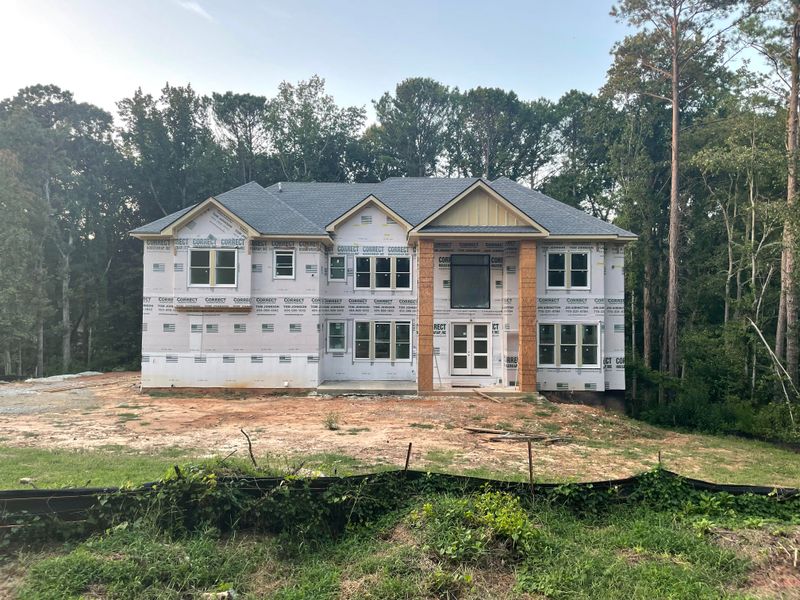
Size matters, but quality matters more. McMansions trick buyers with impressive square footage while cutting corners on everything that actually matters for long-term living.
Builders use particle board, vinyl siding, and builder-grade everything to maximize profit margins. You’ll get cathedral ceilings and granite countertops alongside walls that sound hollow when you knock on them.
These houses look impressive from the street but feel cheap once you move in. Maintenance costs pile up quickly when low-quality materials start failing within the first few years.
4. Luxury Condos With Ridiculous HOA Fees
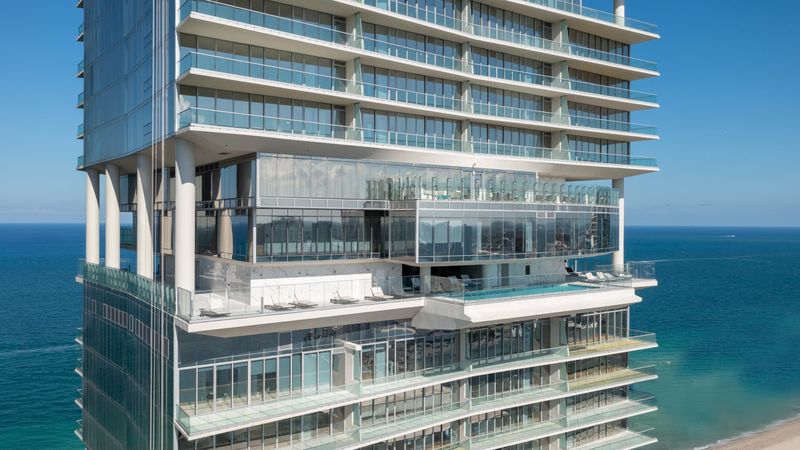
That downtown condo seems perfect until you discover the monthly HOA fees cost more than most people’s rent. Luxury buildings pile on amenities you’ll rarely use to justify astronomical monthly charges.
You’re paying for a doorman, gym, rooftop deck, and concierge service whether you want them or not. Special assessments appear regularly for building improvements you never requested.
The purchase price is just the beginning. Monthly fees often increase annually, turning your dream condo into a financial nightmare that never stops demanding more money.
5. Converted Warehouses In Sketchy Neighborhoods
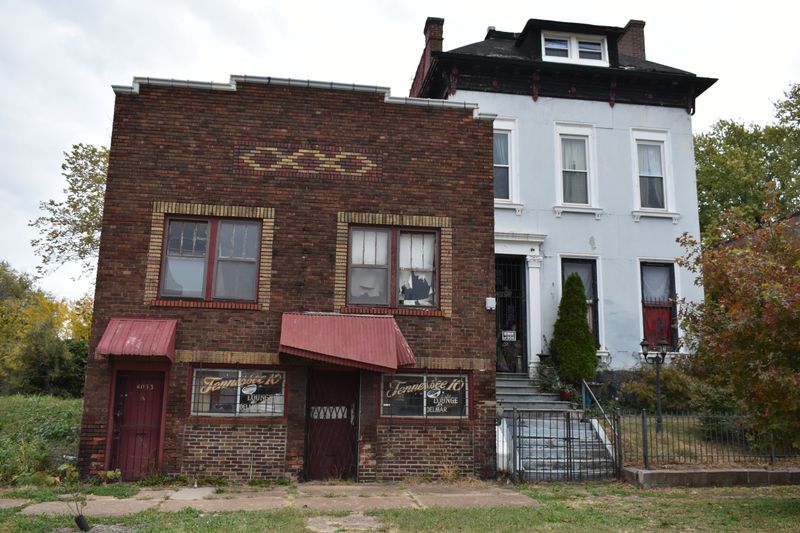
Industrial lofts look amazing in movies, but reality hits hard when you’re paying premium prices to live in converted warehouses surrounded by actual warehouses and industrial facilities.
Developers market these spaces as “urban living” and “authentic character” while charging top dollar for concrete floors and exposed pipes. The neighborhood usually lacks basic amenities like grocery stores and safe parking.
You’ll love the high ceilings and brick walls until you realize you’re paying luxury prices to live next to loading docks and freight trains.
6. Prefab Homes Sold As Custom Architecture
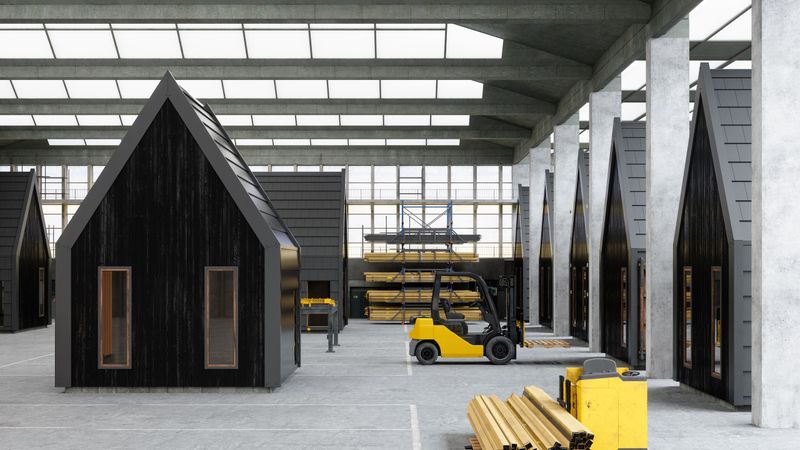
Marketing genius convinced people that prefab means premium, but you’re essentially buying a manufactured home with designer branding. Companies charge architectural fees for cookie-cutter designs mass-produced in factories.
Limited customization options mean you’re stuck with predetermined layouts and finishes. Quality control issues arise when sections don’t fit together properly during assembly.
The “custom” label comes with custom pricing, but you’re getting the same house as hundreds of other buyers who fell for the same sales pitch about innovative construction methods.
7. Historic Homes That Need Everything Replaced
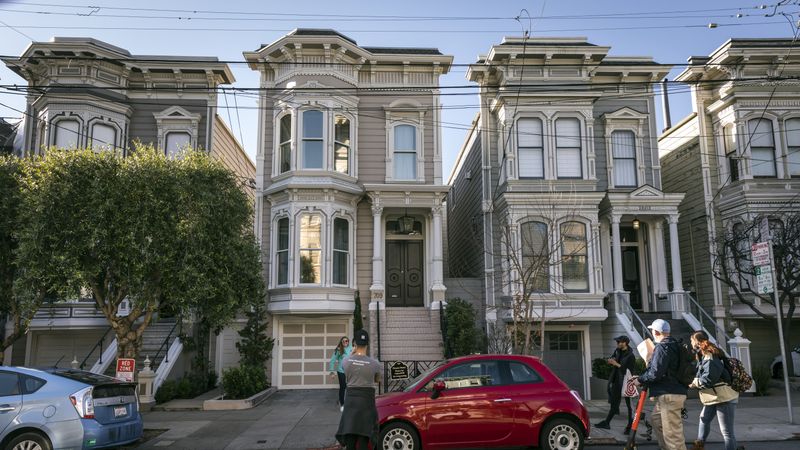
Character costs extra, especially when that character includes original plumbing from 1892 and electrical systems that predate safety codes. Historic homes seduce buyers with charm while hiding expensive reality.
You’ll pay premium prices for the privilege of dealing with lead paint, asbestos, and structural issues that modern inspections can’t fully reveal. Renovation costs multiply when you discover historical preservation requirements.
Every repair becomes a major project requiring specialized contractors and period-appropriate materials. Your dream Victorian turns into a money pit with authentic period drafts and mysterious creaking sounds.
8. New Construction In Flood Zones
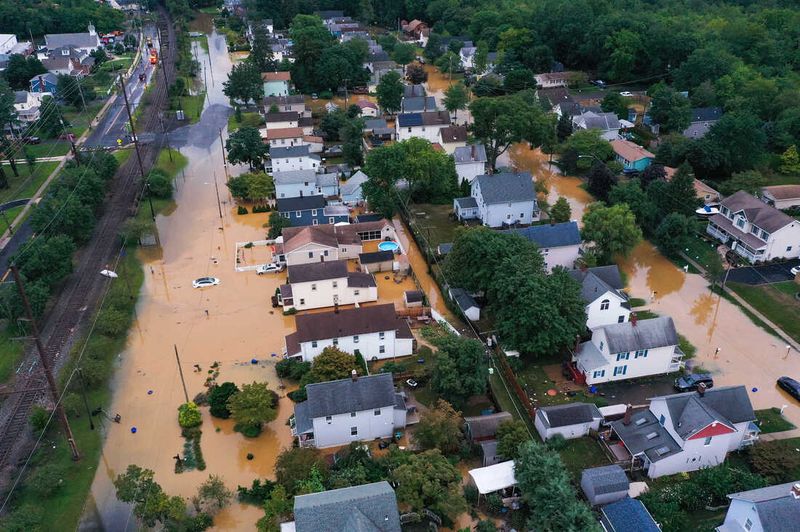
Builders love cheap land in flood-prone areas because they can construct new homes at lower costs while charging regular market prices. You’ll pay full price for a house that Mother Nature regularly threatens.
Insurance costs skyrocket in flood zones, and standard homeowner’s policies don’t cover water damage. You’ll need separate flood insurance that costs thousands annually while providing limited coverage.
Even minor flooding destroys flooring, drywall, and appliances. Your new construction quickly becomes old construction after the first major storm tests your home’s water resistance capabilities.
9. Condos In Buildings With Structural Problems
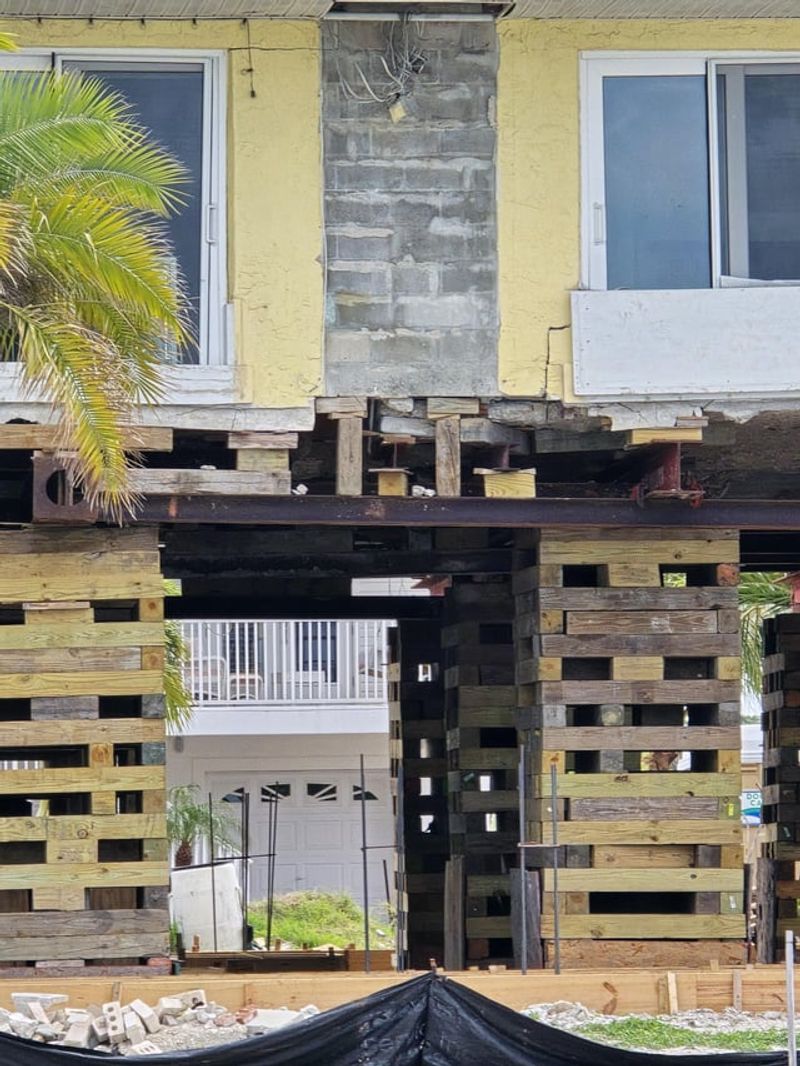
That sleek high-rise condo loses appeal when you discover the building has foundation issues, water intrusion, or other structural defects that affect every unit owner.
Special assessments for major repairs can cost tens of thousands per unit. You’re legally obligated to pay your share regardless of your financial situation or whether you caused the problems.
Property values plummet when structural issues become public knowledge. You’ll struggle to sell or refinance while dealing with ongoing construction, noise, and uncertainty about future repair costs and building safety.
10. Houses Built On Unstable Soil
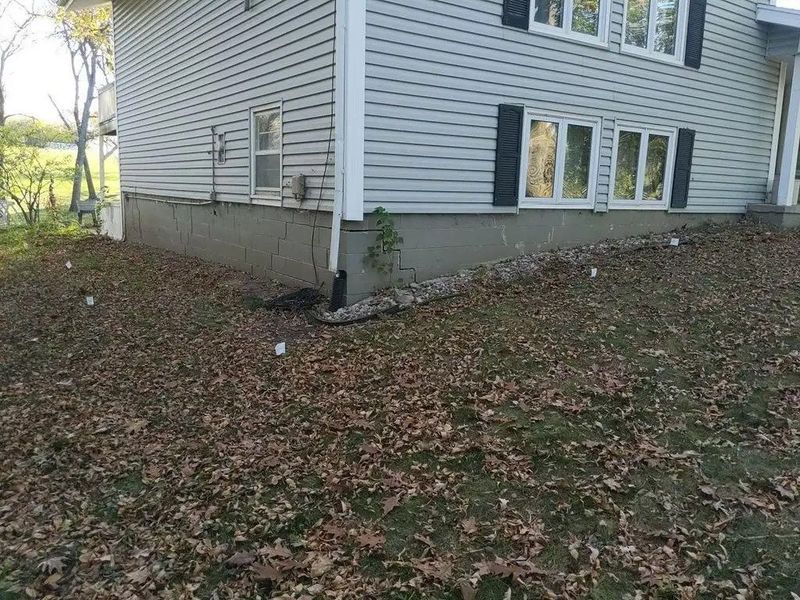
Foundation problems turn dream homes into engineering nightmares. Houses built on clay soil, hillsides, or fill dirt face ongoing settling issues that create expensive structural headaches.
Cracks appear in walls, doors stop closing properly, and floors develop slopes that make furniture wobble. Foundation repairs cost tens of thousands and may require lifting the entire house.
Insurance rarely covers foundation issues, leaving homeowners to fund major repairs independently. You’ll watch your home’s value disappear while dealing with contractors who specialize in structural emergencies and charge accordingly.
1. Luxury Mobile Homes In Expensive Parks
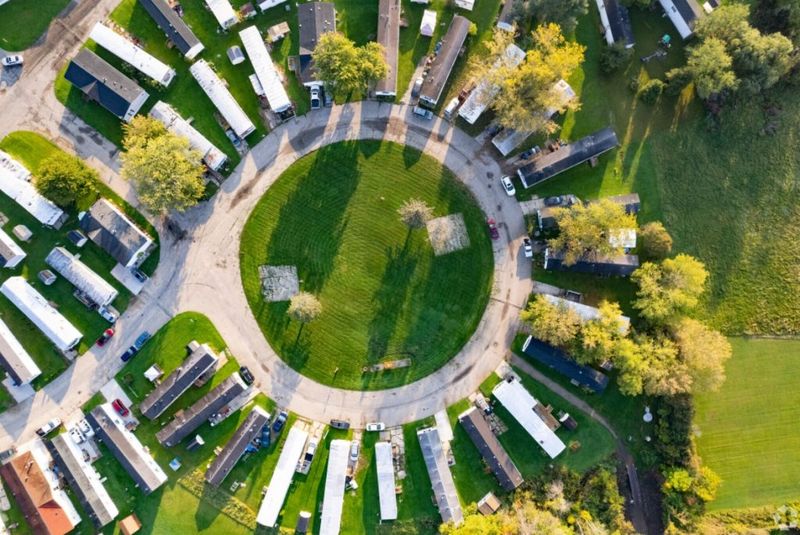
Mobile home parks discovered they could charge luxury prices for manufactured housing by adding amenities and calling themselves “communities.” You’ll pay house prices for something that depreciates like a car.
Monthly lot rent continues indefinitely and increases regularly. You own the structure but rent the land, creating ongoing expenses that never build equity in real estate.
Manufactured homes lose value over time, unlike traditional real estate. You’re essentially renting an expensive parking space for a depreciating asset while paying mortgage payments on something worth less each year.
2. Condos In Buildings Without Parking
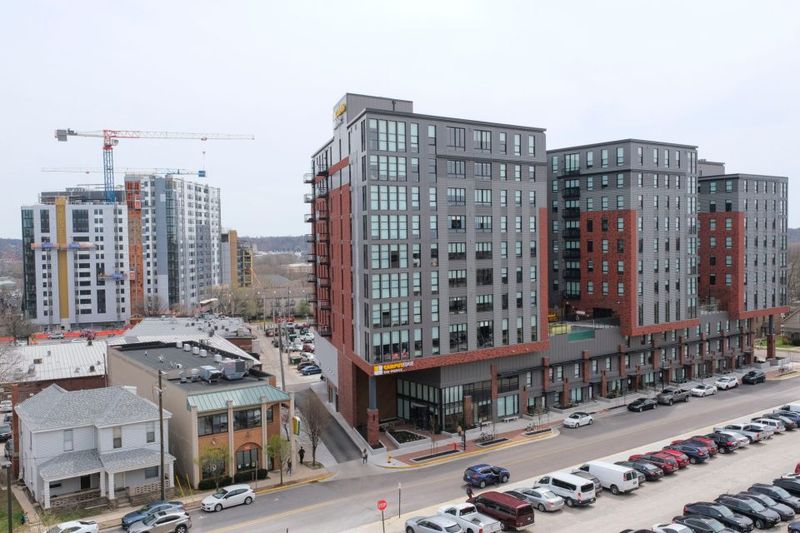
Urban living gets expensive when your luxury condo doesn’t include parking, forcing you to rent spaces separately or deal with street parking nightmares in busy neighborhoods.
Monthly parking fees often cost $200-500 per space, adding thousands annually to your housing expenses. Finding available parking becomes a daily treasure hunt that wastes time and gas.
Guests can’t visit easily when parking is scarce and expensive. You’ll pay premium prices for city living while dealing with suburban-level transportation headaches that make car ownership impractical but necessary.
3. Houses With Septic Systems In Dense Areas
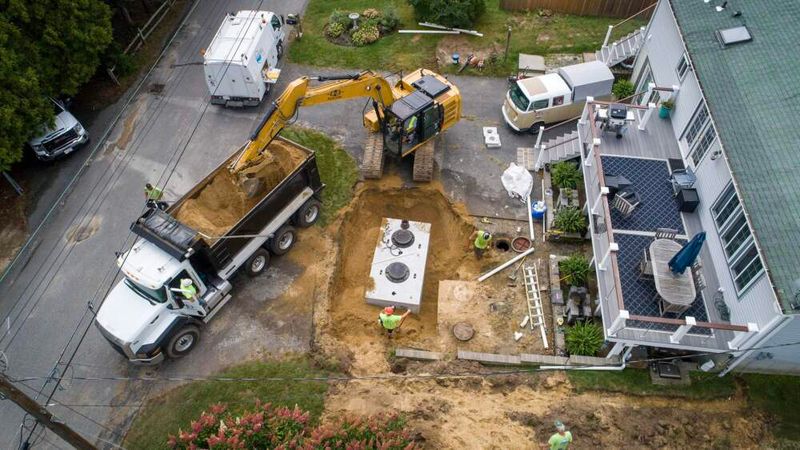
Septic systems work fine in rural areas, but houses in developed neighborhoods with septic tanks create ongoing maintenance headaches and expensive replacement costs.
Pumping, repairs, and eventual replacement cost thousands. Failed septic systems create health hazards and prevent home sales until fixed properly by licensed contractors using specialized equipment.
You’ll pay city prices for country infrastructure while dealing with sewage backups, drain field failures, and regulatory compliance issues. Modern families produce more wastewater than old septic systems can handle effectively.
4. Homes In HOA Communities With Strict Rules
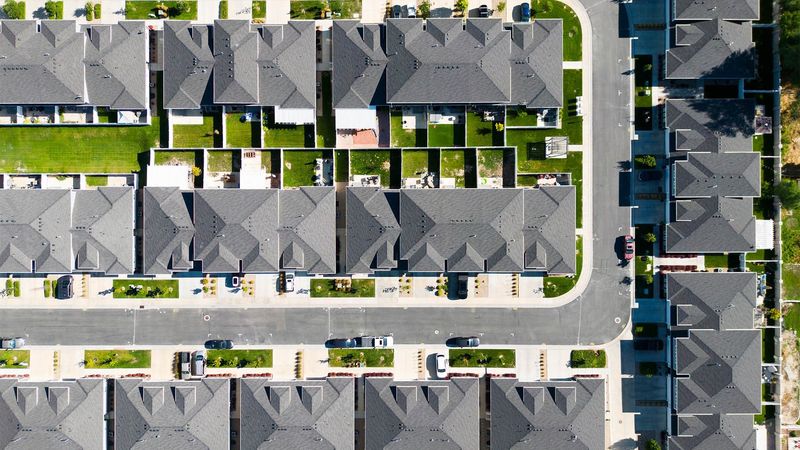
Homeowner associations promise property value protection but deliver micromanagement and endless fees. You’ll pay premium prices for homes where committees control your paint colors and landscaping choices.
Monthly HOA fees fund community amenities you might never use while restricting your freedom to modify your own property. Violation fines accumulate quickly for minor infractions like wrong mailbox colors.
Special assessments appear regularly for community improvements. You’re essentially paying extra for the privilege of having neighbors vote on your home improvement decisions and charge you for community expenses.
5. New Builds In Areas Without Infrastructure
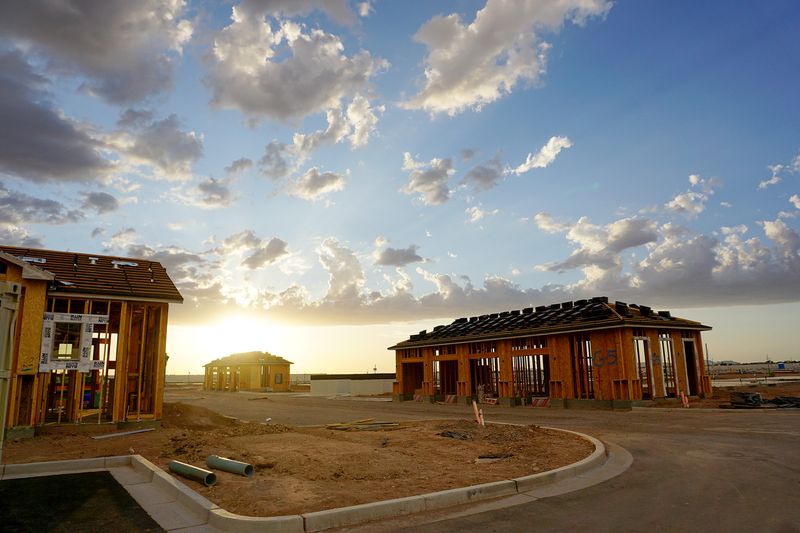
Developers build houses before infrastructure, leaving buyers with new homes in areas lacking proper roads, utilities, and services. You’ll pay full price for incomplete neighborhoods.
Muddy roads, unreliable utilities, and construction noise become daily realities. Emergency services may struggle to reach your area when roads aren’t properly finished or marked on GPS systems.
The promised amenities and infrastructure improvements may take years to complete or never happen at all. You’re essentially beta testing a neighborhood while paying full retail prices for the experience.
6. Vacation Rentals Disguised As Primary Residences

Some properties are designed and priced as vacation rentals but marketed to homebuyers looking for primary residences. You’ll pay hospitality prices for residential living in areas designed for tourists.
These homes often lack proper storage, have impractical layouts optimized for short stays, and feature commercial-grade furnishings that prioritize durability over comfort for long-term living.
Neighborhood dynamics favor transient visitors over permanent residents. You’ll deal with noise, parking issues, and community problems while paying premium prices for a home in an area that caters to temporary guests.

